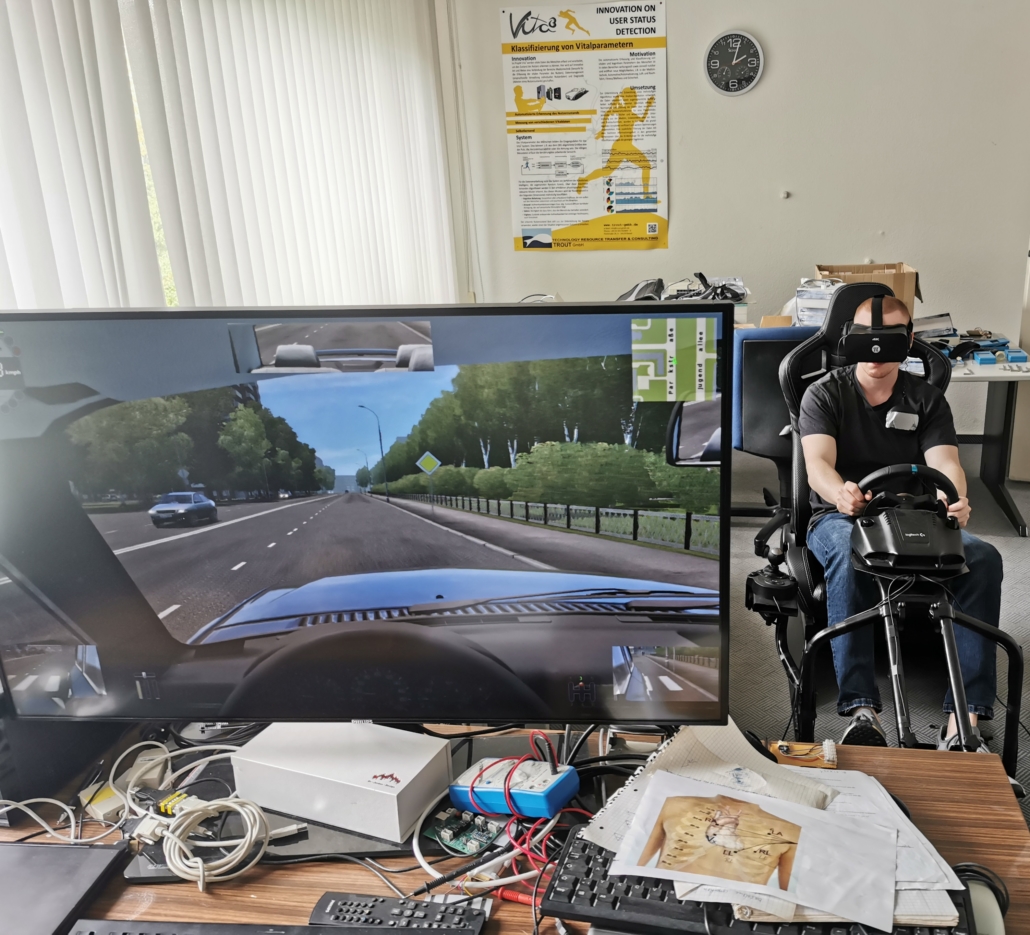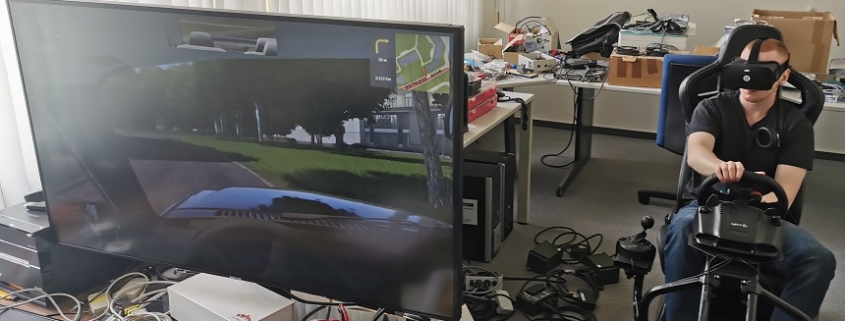Stress Analysis in Drivers Using Wavelet Analysis

In connection with our VitaB project – determination of vital data – a bachelor’s thesis on the subject of ‘stress analysis in drivers using wavelet analysis’ was prepared at TROUT in cooperation with the Chair of Numerik und mathematische Modellbildung (Prof. Dr. Elfriede Friedmann) at the University of Kassel by Mr. Christoph Heidemann.
The monitoring and analysis of the stress state of people is used in many areas such as space travel, autonomous driving and medical technology. The analysis of heart rate variability by means of ECG (electrocardiogram) has become established for this purpose. It measures changes in the duration of heart cycles, which reflects the organism’s ability to adapt to external factors. In a state of rest, the duration of heart cycles varies significantly, whereas it tends to show little change in a state of heightened stress. A system in motion is easier to affect than one in stupor.
Since the beginning of space history, the widely accepted method to categorize the state of stress has been Baevsky’s index. It was also used in the aforementioned work to determine stress levels. In addition, a wavelet analysis based on Krawtchouk functions was performed for the calculated curves.
Another project is in planning.

In the diagram above, the stress level (red) is plotted against the wavelts used. The correlation is obvious.



